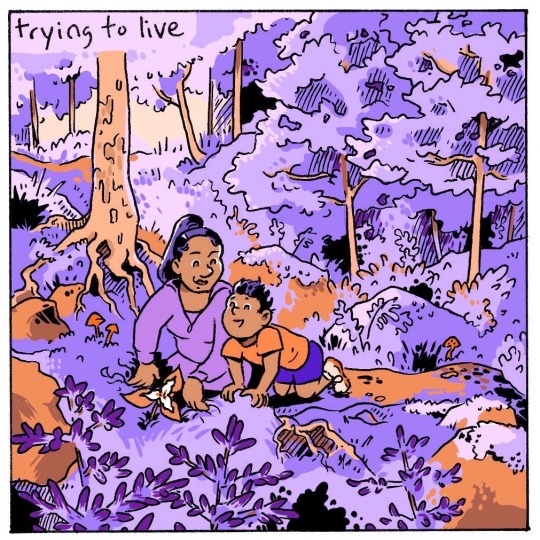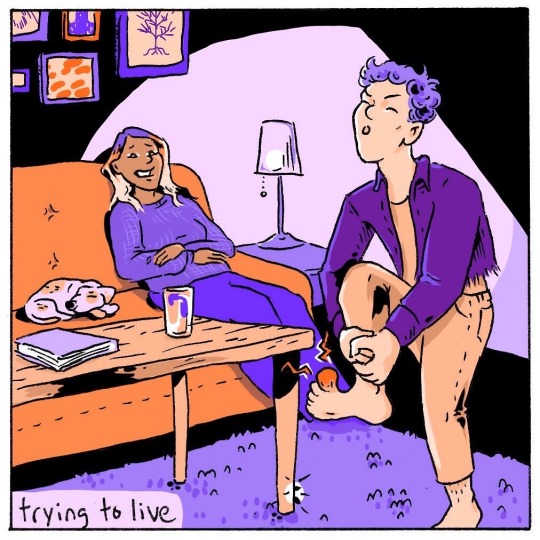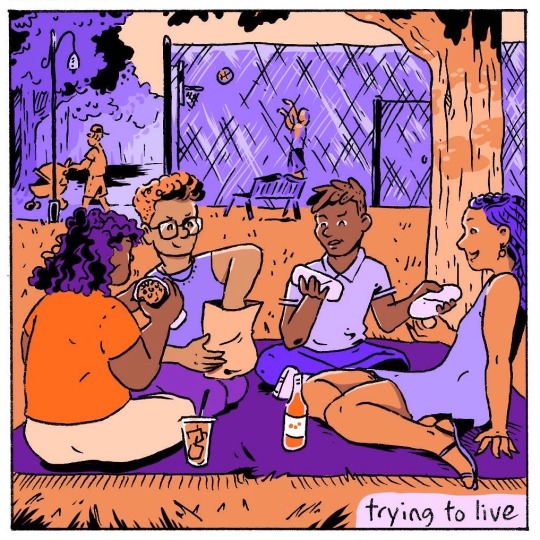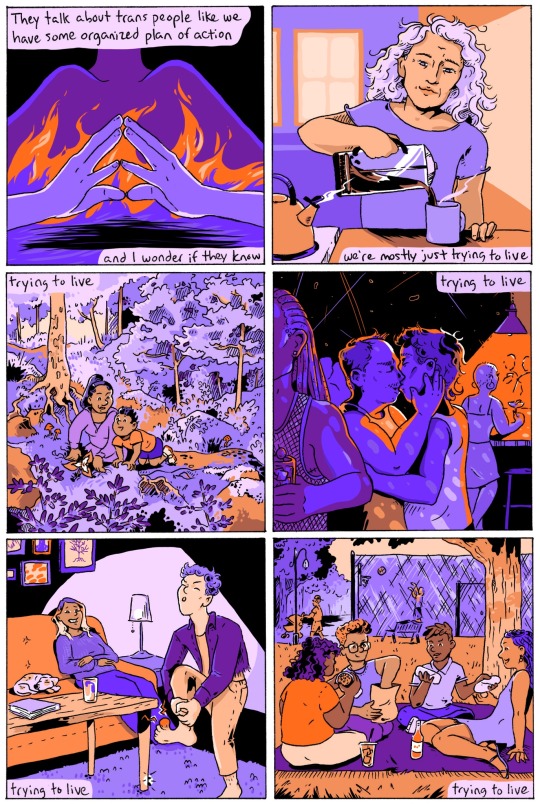Text
every time i see someone talk broadly about how mental illness is ‘being destigmatized’ i’m like speak for yourself buddy. some of us still have brain disorders that if you google them the first 1000 responses are like ‘how to explode people with this condition with deadly bombs and fire and then douse the ashes in acid so they dont rise again craving the flesh of the living’
28K notes
·
View notes
Photo

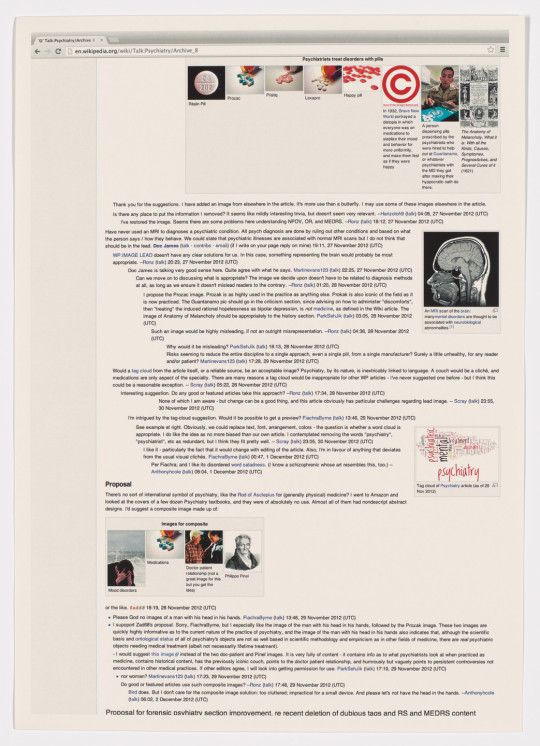






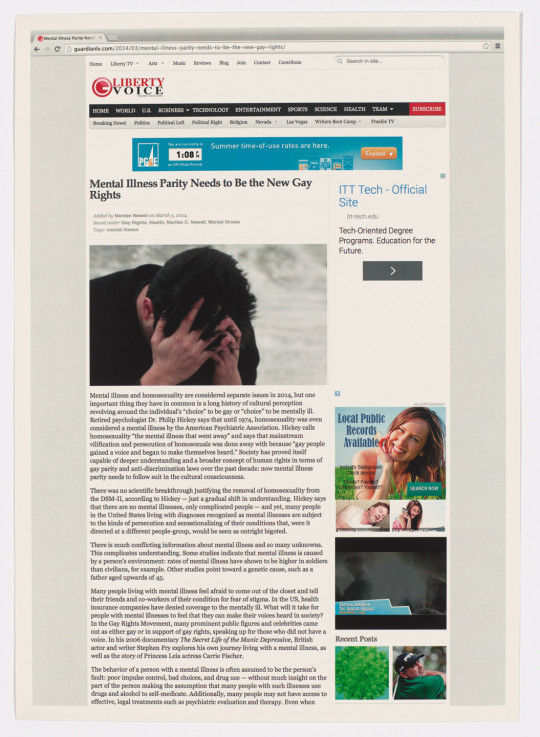

David Horvitz
Mood Disorder (2012–22)
A project in which the artist uploaded a stock image-style self portrait to Wikimedia commons and placed it on the Wikipedia page for “Mood disorder.” From there, he observed the propagation and proliferation of the image across the internet.
7K notes
·
View notes
Text
killing myself in a tesla and just leaving it on autopilot so my corpse is in there jostling around while it crashes into things
54K notes
·
View notes
Text


tag yourself i’m human orifices in the work of heironymous bosch
2K notes
·
View notes
Text
wish I had the money to hire someone to force me to get up and do my stretches
6 notes
·
View notes
Text
[“In the British colonies, men needed to act like men. Gender and sexual ambiguity were therefore frowned upon, as the famous case of Thomasine Hall and a growing list of anti-sodomy laws revealed. Those who bent, broke, or otherwise flouted European gender conventions were viewed with suspicion, at least in British eyes. Native Americans who changed their physical appearance were thus deemed unreliable military allies and trading partners; those who “lurked” along the trading paths or in the backcountry shadows of settler society became a constant source of colonial anxiety.
According to British church and civil authorities, effeminacy in the American colonies—especially in the hotter, more humid regions—could lead boys and men to “indolence,” “cowardice,” “luxury,” and “effeminacy.” Women, too, had to be reminded of the lessons of history’s great civilizations—the Assyrians, Persians, Greeks, and Romans—to maintain prescribed feminine standards, lest they slide into robust masculine behaviors unbefitting their gender.
Eighteenth-century moral philosophers had a prescription for these anxieties: mastery of one’s passions. Men could master their passions by exercising rationality and cultivating their intellects. Retaining a rational mindset empowered one to express love “without effeminacy,” and to guard against “a weakness of nature.”
British men needed to know that “if the passions are acted on without restraint” the mind is injured and the body descends into “effeminacy, Sloth, Supineness, the Disorder and Looseness of a thousand Passions.” Stated simply, wise men avoid “excessive venery” if they want to prevent “softness and effeminacy.”
In England, individual mastery over emotions was linked to the class system. For elite men of “good breeding,” emotional control and rationality were markers of status. In North America, Thomas Jefferson strove to define a theory of good breeding that ordered people according to ranks. Other public figures felt that mastery of emotions should apply equally to all American colonists. So argued Sophia Hume in a sermon published in 1752. Following a trip to England, Hume rejoiced at her return to South Carolina. In Britain, she declared, “Vice, Softeness, Effeminacy and Luxury of most Kinds” prevailed. Carolinians—by which she meant Anglo-American settlers—had controlled these “noxious seeds” of sin and were on a path to greatness.
During the latter half of the eighteenth century, a number of political leaders and church ministers in British North America echoed Hume’s optimism. They urged continued vigilance to ensure that Anglo-Americans retained mastery over their passions. British colonists needed to ensure that their “friendships” remained sober, rational, measured. British settlers, like French and Spanish colonizers, monitored friendships. This proved particularly true of British surveillance of friendships among Indigenous men.”]
gregory d. smithers, from reclaiming two spirit: sexuality, spiritual renewal, and sovereignty in native america, 2022
275 notes
·
View notes
Text
STOP CALLING THEM “PORN BOTS”. THEY ARE BEAUTIFUL YOUNG WOMEN IN THE TOP % OF SOMETHING THEY ARE KEEPING VERY SECRET!!!!!!!!!!!!!!!!!
4K notes
·
View notes


